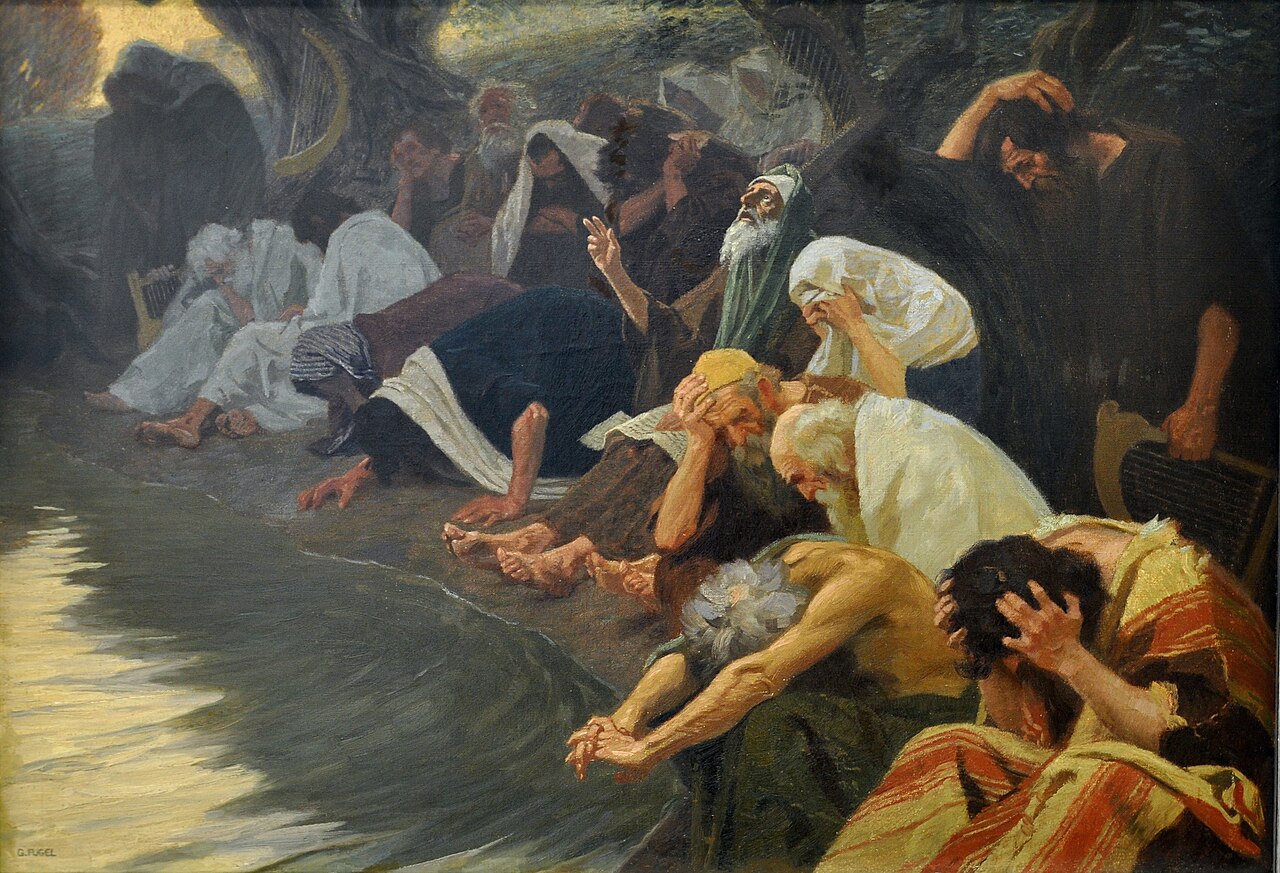טעם המלך הסבר
סיפור של טעם המלך כתבתי ב 2008. עכשיו בעזרת GPT אני עורך סיפור ילדים וסרט אליו. וגם מוסף ההסבר.
מה ששמעת זה עתה הוא אגדה בדיונית שנועדה לילדים, אך הקשר שלה למציאות אינו רחוק. בישראל העתיקה, במיוחד עד תחילת בית שני ועידן אחרוני הנביאים התנ”כיים, הושרו דברי הנביאים והועברו לאורך הדורות כשירים.
המוזיקה של התנ”ך, כפי ששרו הלויים בבית המקדש, הייתה מסורת עשירה.

הפיכה, הרס וגלות בסופו של דבר שיבשו את העברת המסורת המוזיקלית, ומנעו את העברתה לדורותיה.
לפני למעלה מאלף שנים, קבוצה הידועה בשם בעלי מסורה, שומרי המסורת, תמללה את התנ”ך עם נקודות (סימוני תנועות) וטעמים (סימני זירוז מוזיקליים). טקסט זה הפך למקובל בקרב יהודים בתפוצות, וסיפק הנחיות הגייה. עם זאת, נמשכו חילוקי דעות בנוגע למוזיקה המקורית המיוצגת על ידי הטעמים.
לפני כחמישים שנה, תגלית פורצת דרך פענחה את המוזיקה המקורית הקשורה לטעמים. עם זאת, לא כולם אימצו את הגילוי הזה בשמחה. תפוצות שונות מאזורי המערב, המזרח, הצפוני והדרום מצאו את המוזיקה לא מוכרת והתקשו להתחבר אליה. הניסיונות ליצור גרסה אוניברסלית הממזגת את כל השפעות התפוצות לא הצליחו לתפוס את היופי של המוזיקה המקורית המפוענחת.
אלה שאימצו שלווה ורוגע מצאו את המוזיקה ממריצה ומרוממת. הם גם הבחינו בהבדלים עדינים בכתבי יד שונים. בעוד שחלקם העדיפו כתבי יד ישנים יותר, אחרים גילו נחמה בפרסום חדש יחסית - מהדורת לטריס של תנ”ך עם הפענוח של סוזן הייק-ונטורה.
כעת, זה תלוי בכל אחד ואחת לחוות ולהתענג על המורשת המוזיקלית הזו, לא על בסיס מסורות התפוצות אלא שורשיות במנגינות הנבואה ישראליות העתיקות מארץ התנ”ך.
What you’ve just heard is a fictional fairy tale crafted for children, yet its connection to reality is not distant. In ancient Israel, particularly up to the beginning of the Second Temple and the era of the last biblical prophets, the words of the prophets were sung and passed down through generations as songs.
The music of the Bible, as sung by the Levites in the Temple, was a rich tradition.
A coup d’état, destruction, and eventual exile disrupted the transmission of the musical tradition, preventing it from being passed down through the generations.
Over a thousand years ago, a group known as the Baali Mesora, the keepers of tradition, transcribed the TaNaCH (the Hebrew Bible) with Nikudot (vowel markings) and Taamim (musical cantillation marks). This text became widely accepted among Jews in the diaspora, providing pronunciation guidelines. However, disagreements persisted regarding the original music represented by the Taamim.
About 50 years ago, a breakthrough discovery deciphered the original music associated with the Taamim. However, not everyone embraced this revelation joyfully. Different diasporas from western, eastern, northern, and southern regions found the music unfamiliar and struggled to connect with it. Attempts to create a universal version blending all diaspora influences fell short of capturing the beauty of the original deciphered music.
Those who embraced tranquility and calmness found the music invigorating and uplifting. They also discerned subtle differences in various manuscripts. While some favored older manuscripts, others discovered solace in a relatively newer publication—the Letteris edition of the TaNaCH with Suzanne Haïk-Vantoura’s deciphering.
Now, it’s up to each individual to experience and savor this musical heritage, not based on the diaspora traditions but rooted in the ancient Israelite prophets melodies from the land of the Bible.